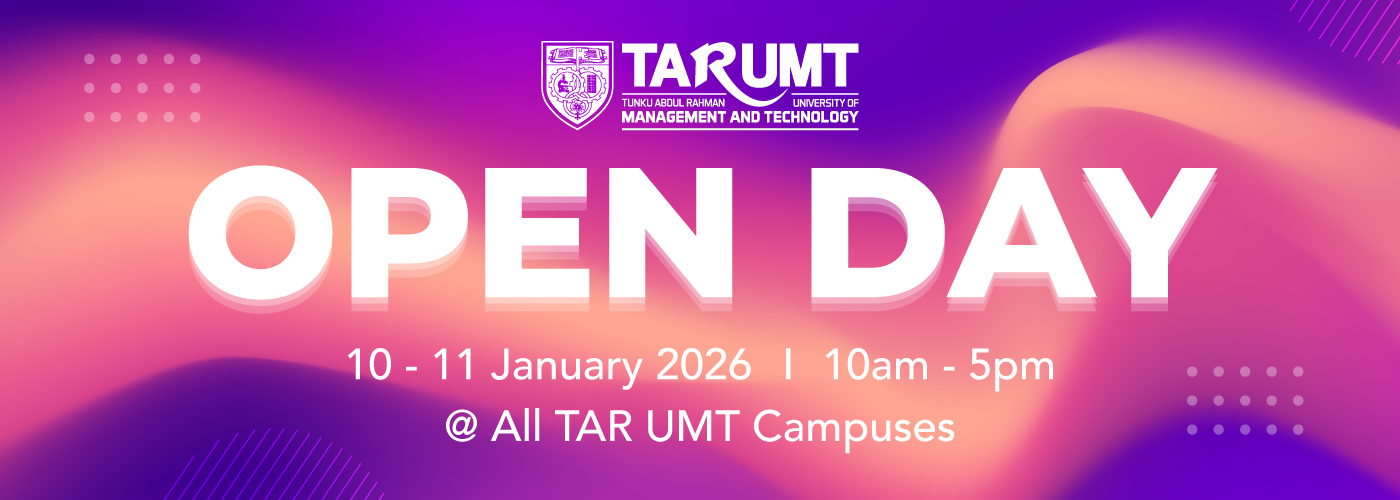How To Become a Physiotherapist
Physiotherapy is a healthcare field which aims to reduce pain and prevent disease through movement, exercise and manual therapy. Individuals who benefit from physiotherapy include the elderly, stroke patients and those with sports and accident-related injuries. In addition to physical therapy, physiotherapists educate their patients and give them advice on how to facilitate their recovery independently.
Main Responsibilities of a Physiotherapist
A physiotherapist’s main role is to diagnose, assess and treat a variety of physical conditions. These conditions involve the nerves, brain, muscles, skeleton or a combination of those areas. Physiotherapists develop treatment programmes and use multiple techniques to alleviate pain, improve movement and restore muscle control. They also have to work with other healthcare professionals such as doctors and occupational therapists to understand the patient’s medical history and to refer patients to other departments if necessary. Besides that, physiotherapists need to prepare case notes, reports and compile statistics after each patient is treated. Physiotherapists also keep parents and loved ones of patients in the loop when it comes to their review and rehabilitation. It is also important that physiotherapists keep up to date with the latest techniques and technologies that could help their patients.
Academic Pathway
A Bachelor’s Degree in Physiotherapy is typically a four-year course and is offered by many higher education institutions in Malaysia. Students in the course will learn the foundations of anatomy, physiology, pharmacology, pathology and psychology. They will then focus on more specific areas such as physiotherapy rehabilitation science, physiotherapy clinical practice and health science research. These subject areas will expose students to a variety of exercises, electrotherapy, ultrasound, acupuncture and hydrotherapy for rehabilitative purposes. Examples of subjects in a Physiotherapy degree are Physiotherapy Practice in Occupational Health, Applied Anatomy in Neurology and Clinical Reasoning. Throughout the course, students have to complete multiple work placements and prepare a final research project in their last year.
Job Opportunities
Physiotherapists can find employment in many public and private healthcare institutions such as hospitals, clinics, women’s health centres and physiotherapy centres. They can also work in children’s centres, nursing homes, charities, non-profit organisations dedicated to individuals with disabilities, sports clinics, gymnasiums and private wellness centres. Physiotherapists are needed in the areas of elderly care, intensive care, mental health, outpatients’ departments, orthopaedics departments, paediatrics and stroke services, among others. Experienced physiotherapists can also explore academia by carrying out research or becoming a lecturer. Furthermore, they can work on a freelance basis by attending to patients at their homes.
Skills Needed
Those working in the physiotherapy field need to have excellent oral and written communication skills. Physiotherapists who speak more than one language are highly sought after. They need good interpersonal skills in order to build relationships with their patients and their families. Teamwork is also important as physiotherapists often work with others in their line of work. Physiotherapists need to have a positive and encouraging attitude in order for their patients to feel comfortable. They also have to be firm, tolerant, patient, tactful and sensitive to their patient’s needs. Other useful traits include problem-solving, organisational and administrative skills and good time management. Although not as well-known as medicine or pharmacy, physiotherapy is an important healthcare field with wide career options. Physiotherapists have genuine care for their patients and make a positive impact on their lives.
Advices





News from Institutions

















